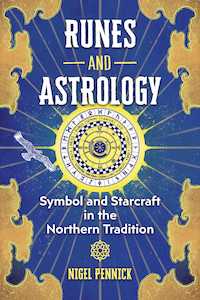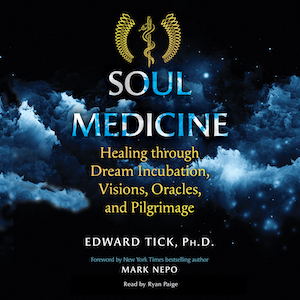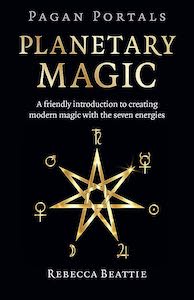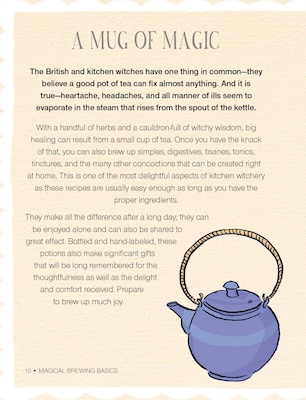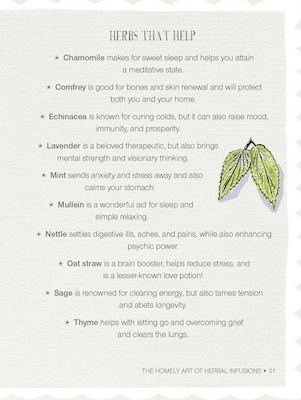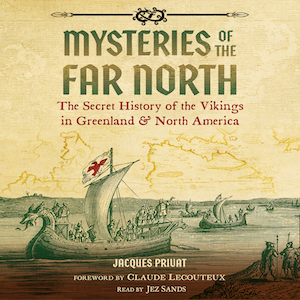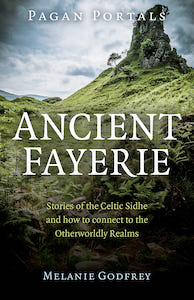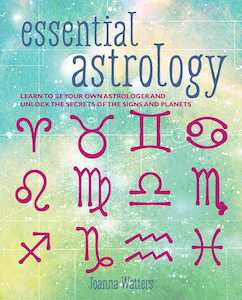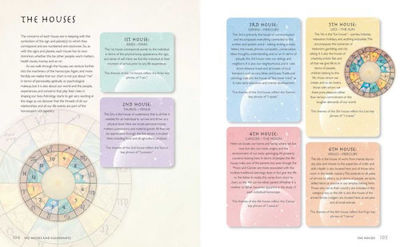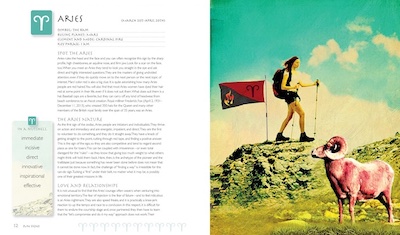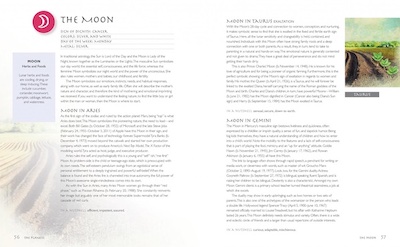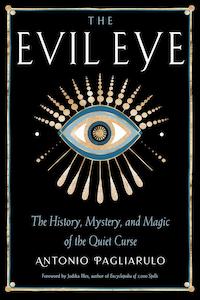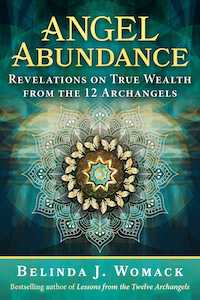
Tales & Legends of the Devil: The Many Guises of the Primal Shapeshifter, by Claude and Corinne Lecouteux
Inner Traditions, 1644116855, 240 pages, August 2023
The Devil captured the medieval imagination with a variety of epithets, such as “Lucifer,” “the Evil One,” “the Black Tempter,” “the Horned One,” “Beelzebub, the master of the devils,” and “Old Eric” or “Gamle Erik,” as he is known in Denmark. Being a more nuanced character than the theological Satan, the folkloric Devil was often depicted as a clever trickster who was morally ambiguous rather than evil, occasionally even doing good deeds, such as freeing a prisoner or helping someone in need, for a price.1
Tales & Legends of the Devil: The Many Guises of the Primal Shapeshifter is a collection of fifty-two medieval folktales from twenty European countries, compiled by medieval scholar Claude Lecouteux and his wife, co-author and translator Corinne Lecouteux. Many of these stories begin with the classic fairy tale opening “Once upon a time,” setting the stage for imaginal realms to encroach on reality through entertaining diabolical delusions.
In this treasury of infernal tales, the folkloric Devil is an elusive entity whose most defining characteristic is his ability to shapeshift. He can assume whatever form he pleases, appearing in the guise of a seductive woman or a handsome young suitor, a redhead, a hunter of souls, a man clad in the black cassock of a priest, or in the shape of an animal, often a black one, such as a goat, dog, cat, toad, serpent, crow, or wolf. When he appears in humanoid form, he often has horns and hobbles with a limp, and the cloven hooves peeking out from underneath his clothes give him away before he vanishes in a puff of smoke.
The Devil is a portmanteau figure whose quicksilver nature encompasses a myriad of mythical beings demoted by Christianity, such as gods, sorcerers, fairies, and nature spirits.2 This is often made clear when a folktale describes an entity as a devil rather than the Devil. In a Bulgarian tale titled How the Devil Recognized a Flea Skin, “a devil sprang out of the sea” and “changed into a man” in order to wed a princess.3 After the wedding, “he dragged her with him into the sea,” revealing his true identity as a “merman.”4 Stories like this no doubt evolved from pagan fairy lore about mortals being abducted by supernatural beings and carried away to otherworldly realms. These devils are also mortal, and can be outwitted or killed by clever human beings.
In many of these stories, the Devil abducts women and takes them as brides, bringing to mind the classical myth of the rape of Persephone. The Devil in the guise of a bridegroom feels like a cross between the fairy tale serial killer Bluebeard and the Greek god Hades. In one tale, a Persephone-like maiden picks a radish that drags her down into the Underworld to marry the Devil. In another, the Devil carries away a princess on a winged horse, and guards the multiple wives he has imprisoned in hell in the form of a dragon.
Some of these stories have recurring themes and complement each other with nearly identical endings. A tale from Switzerland titled The Devil for a Brother-in-Law and a longer story from Denmark called The Black School both conclude with the devil giving a young man who has served as his apprentice in the black arts a limitless coin purse under the condition that he stay in an inn and not groom or bathe for seven years. The young man’s nails grow into claws and his hairy, demonic appearance is so shameful that he is too embarrassed to leave his room. While in this disheveled and animal-like state, the man uses his diabolical wealth to aid the poor from behind closed doors. During the sixth year, he agrees to help a man who has gambled away his fortune pay his debts in exchange for the hand of one of his three beautiful daughters in marriage. The two eldest daughters are so disgusted by their benefactor’s foul odor and bestial appearance that they reject him outright. Although the youngest is also horrified by him, she is the most virtuous and agrees to marry him out of filial piety. After the seven years have ended, the beast cleans up and transforms into a handsome young man, much to his fiancée’s relief. Her older sisters, who had spurned him, commit suicide out of jealousy and the devil is delighted to have gained two wives of his own out of the bargain by collecting their souls.
In my favorite story, The Devil in the Cask Spigot, which comes from Transylvania, Romania, a princess evades marriage by out-dancing potential suitors to death. She meets her match in a devil, who forces her to dance with him until she faints. Then he curses the whole kingdom by turning everyone to stone. A thousand years later, a young man chances upon the overgrown ruins of the castle. A strange imp falls out of the chimney and tells the intruder that he is “the devil and the master of this castle,”5 and that his guest must fight him to the death in order to stay the night. The young man says he is too tired for a duel and asks to postpone it until the next day.
The devil agrees to advance his hospitality if they will have a drinking contest that night instead of a fight to the death tomorrow. The man agrees, and outsmarts the devil by trapping him in a wine cask. The kingdom is restored to life and the young man is betrothed to the princess as a reward for delivering her kingdom from the curse. The last line struck me as pure genius: “The young husband never gave a second thought to the fact that he had left his own time to travel one thousand years into the past.”6 Up until that point, the thousand year difference between his culture and theirs is not addressed, but that one line stimulated my imagination. A common motif in fairy tales is the timeless quality of fairyland, and I wondered if he had wandered through some sort of magic portal or temporal rift and had actually traveled back in time.
Tales & Legends of the Devil is a literary treasure trove glittering with fairy gold that will be cherished by anyone with an interest in European folktales and medieval lore. Creative writers may be inspired to craft their own fairy tales featuring devils, and practitioners of traditional witchcraft who honor the Devil as the sire of witches will appreciate the insights these tales offer about the mysterious nature of the Horned One. Whatever allure the Devil has for the reader, the beguiling schemes and mischief of this ultimate antihero are sure to entertain.

Rachel Christina McConnell is a witch, tarot reader, intuitive astrologer, and writing spider. She holds an MFA in Fiction from Columbia University in the City of New York. Her short stories have appeared in Dark Moon Lilith Press and Minerva Rising Press’s The Keeping Room. Links to her publications are available here: https://rachelchristinamcconnell.wordpress.com


